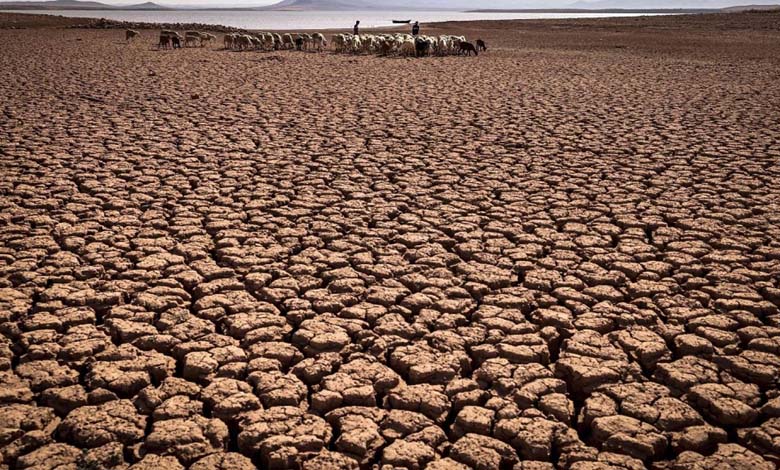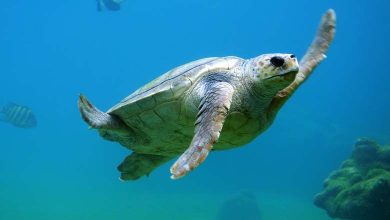Climate change pushes amphibians towards extinction… Drought impact!

Climate change has become the leading factor pushing amphibians towards extinction, according to a recent study published in the journal Nature, calling on protecting habitats and reducing carbon dioxide emissions.
In the absence of feathers, fur, or scales to protect them, these creatures capable of living on both land and in water are particularly vulnerable to changes in their environment.
As a result, these animals can quickly become susceptible to drought due to rising temperatures or suffer from the disappearance of wet breeding areas. Storms, floods, and the increasing and recurring rise in water levels also threaten amphibian habitats, as reported by the French Press Agency (AFP).
Kelsey Neim, a specialist researcher with the International Union for Conservation of Nature (IUCN), who was involved in conducting the study, says, “In many cases, these changes happen very rapidly, making adaptation impossible.”
Neim points out that “climate change poses a threat that is being increasingly downplayed for amphibians” and it will become “more and more evident.”
A study conducted in 2004 showed that these animals were among the most threatened vertebrates on the planet.
In the new study published this week, scientists relied on updating this global study from last year, based on the assessment of 8011 species on behalf of the IUCN.
The researchers concluded that the situation of amphibians has continued to deteriorate, with 41% of them now classified as “threatened” (a category that includes species at risk, endangered, and critically endangered).
Climate change is responsible for 39% of the deterioration in the status of species since 2004 (affecting 119 species), followed by habitat loss at 37%.
Habitat destruction and degradation – associated with intensive agriculture or infrastructure development – remain the most common threat, affecting 93% of threatened amphibian species.
The prominent role played by climate in the negative dynamics affecting these animals is a significant development because diseases and habitat loss were responsible for 91% of the decline between 1980 and 2004, with only 1% primarily attributed to climate change.
In certain regions of Australia or Brazil, for example, climate change-induced drought threatens the reproduction of frogs, which require soil moisture and tree leaves to protect their eggs.
Kelsey Neim says, “Climate change is expected to push some species closer to extinction.”
These animals play a crucial role in the food chain, feeding birds. mammals, and reptiles.
Jennifer Luedtke, who contributed to the study, also points out that the concentration of amphibians in specific areas makes them more vulnerable. but it can also enhance conservation efforts.
Kelsey Neim adds that habitat protection has. therefore, been able to play a leading role for species that have shown improvement in their conservation status between 2004 and 2022.












